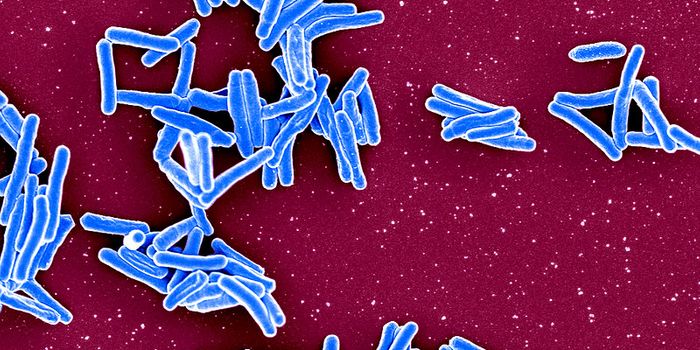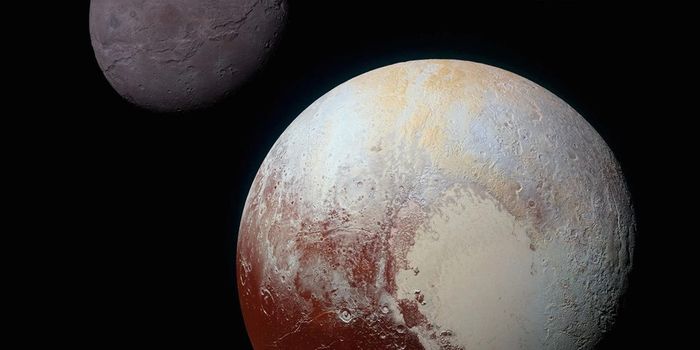International Space Station Experiences Significant Levels of Harmful Chemicals
A team of researchers the University of Birmingham have shown that on board the International Space Station, astronauts may be exposed harmful chemicals that circulate in the dust inside the station, putting those inside at risk. These findings are published in a recent article published in Environmental Science and Technology Letters.
As part of the study, researchers analyzed a dust sample found in the air filters onboard the International Space Station. The astonishing results suggest that the dust astronauts are exposed to may be worse than the dust found on the ground in our homes. Now, imagine that circulating in the air and you breathing it in.
Specifically, researchers analyzed the sample and found a range of harmful chemcials in the sample. These include:
- Polybrominated diphenyl ethers
- Hexabromocyclododecane
- Brominated flame retardants
- Organophosphate esters
- Polycyclic aromatic hydrocarbons
- Perfluoroalkyl substances
- Polychlorinated biphenyls
Many of these chemicals are found in a range of household objects and materials, though they can be harmful when humans are exposed to them. For example, brominated flame retardants and organophosphate esters are used as a safety material in things like appliances or insulation.
Polybrominated diphenyl ethers, for example, are also commonly found in a range of products that are fairly common and commonplace, including cameras, tablets, and more. Researchers suspect that when astronauts, bring these personal items with them on board the International Space Station these chemicals enter the station and circulate throughout the ventilation system. Compounded by the fact that ionizing radiation present in space can cause materials like plastic to breakdown faster than normal, ventilation systems on the International Space Station can only do so much to filter out toxic materials from the air that astronauts breathe.
Researchers hope their findings could help improve the future of spacecraft design. Specifically, researchers believe their findings could help those designing aircrafts design more effective filters and filtration systems that can account for the presence of these chemicals.
Sources: Science Daily; Environmental Science and Technology Letters








